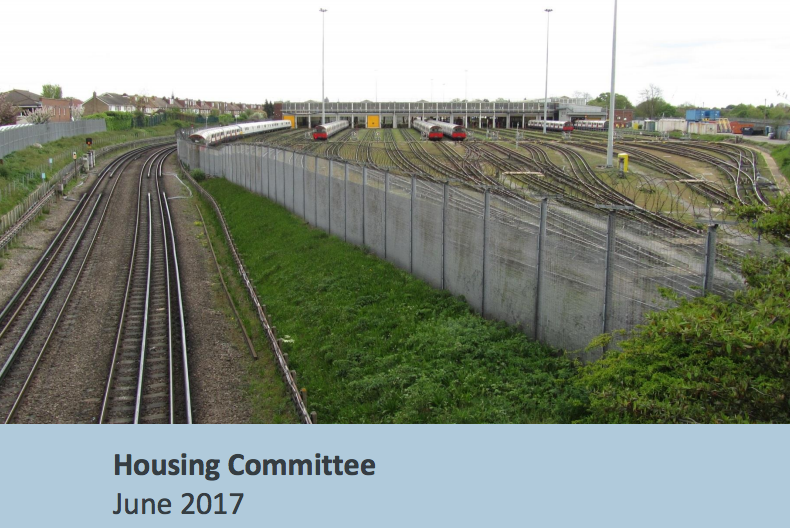The London Mayor’s transport body will need a more streamlined approach to developing its surplus land if it is to meet its target for building “genuinely affordable” new homes, according to a new London Assembly report.
Recommendations by the cross-party housing committee include Transport for London’s property team prioritising smaller sites and construction firms, improving information about developable land and forming closer relationships with London boroughs if the goal of starting work on delivering 10,000 dwellings by 2020 is to be met.
The report, compiled by three Labour, two Conservative, one Green Party and one Ukip AM, says TfL has “an opportunity to create public value through visionary schemes which will stand the test of time” by leading the way in making better use of public land. It notes recent research from the London School of Economics that “public landowners of large sites need to be creating creating communities [in the capital] for 50 years and beyond”.
TfL has identified 100 sites out of more than 400 hundred across the capital, the majority in zones 1 and 2. Its approach is to form joint ventures with private developers, including consortia of commercial companies and housing associations, to secure the finance and expertise required to build out schemes and to create long-term revenue for transport investment from the resulting properties, which may also include retail and office premises.
The report urges TfL to play a galvanising role in re-engaging London’s smaller builders as part of “adjustments to its culture and ways of working” as it grows into its new property role. It also encourages the London Land Commission, which identifies publicly owned land across the capital for the mayor, to undertake detailed work on a “more usable database”, and says that the mayor, TfL and the boroughs need to align their objectives more fully, for example on affordable homes targets, in order to speed up delivery.
The trade-offs TfL will need to make between securing income for its own projects and making sure that Khan’s requirement that at least 50% of the homes built on its sites overall meet his “genuinely affordable” definition are described, involving finding the right balance between “the level of rents which can be offered for any new homes built and the amount of revenue a scheme will generate”.
It is pointed out in the report that “the financial value foregone in delivering affordable housing, as opposed to homes for full market value”, tends to be highest on desirable “prime site” locations. Put simply, the more affordable the homes are built on the site, the less money for TfL, and the less affordable, the more. The rent-to-buy London Living Rent and shared ownership homes Khan intends to help fund are likely to be relatively expensive in the first batch of sites TfL means to develop.
Conservative committee chair Andrew Boff said the evidence suggests that TfL won’t hit its housing target “unless it takes some radical steps” of the type the report describes. It is available here.

